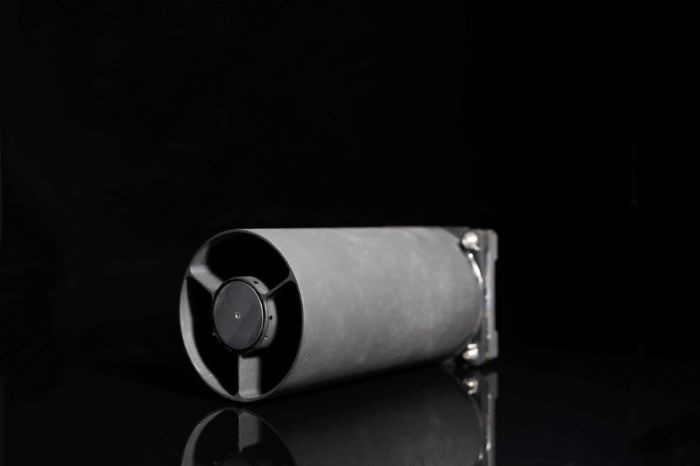Avantier’s Silicon Carbide telescopes are setting new standards in space observation, delivering high reliability and exceptional performance for even the most complex and demanding missions.
Made primarily from silicon carbide, these telescopes combine strength, thermal stability, and lightweight construction, making them ideally suited for everything from detailed studies of our solar system to the exploration of far-off galaxy clusters.
Key Features
Engineered to perform in the extreme conditions of space, Avantier’s Silicon Carbide (SiC) telescopes support a wide range of astronomical applications - from observing nearby stars to tracking the formation of massive cosmic structures in the distant universe.
Their low-mass design is essential for reducing payload costs during launch, while precision-crafted optics, advanced surface coatings, and cutting-edge imaging systems provide scientists with ultra-sharp visuals.
With a wide field of view, these telescopes are also optimized for large-scale sky surveys, enabling efficient data collection across expansive regions of space.
Get in touch now
Specifications of SiC Telescopes
Source: Avantier Inc.
| Feature |
Specification |
| Diameter |
94 mm |
| Length |
208 mm |
| Weight |
0.7 kg |
| On-Axis RMS |
< 0.08 λ |
| Off-Axis RMS (0.5°) |
< 0.12 λ |
| Mirror Reflectivity |
> 95 % (400–12,000 nm) |
| MTF |
> 20 % at 104.9 lp/mm |

SiC telescope. Image Credit: Avantier Inc.

SiC telescope. Image Credit: Avantier Inc.
Designed for the Depths of Space
These SiC telescopes are purpose-engineered for satellite-based space observation, delivering ultra-long-range imaging with exceptional clarity. Like the Hubble Space Telescope, the James Webb Space Telescope (JWST), and the upcoming Nancy Grace Roman Space Telescope, they are built to extend the frontiers of space exploration.
What sets these instruments apart from traditional telescope designs is their construction from silicon carbide, a material that offers critical performance advantages in the extreme conditions of space.
SiC Advantages for Space Observation
Lightweight Construction: Thanks to its high specific stiffness, SiC enables significant weight reduction without compromising optical performance. For space missions conducted by organizations like NASA and ESA, reducing payload mass is critical to lowering launch costs and minimizing energy use in orbit.
High Precision: SiC mirrors deliver outstanding surface accuracy at the nanometer scale, enabling high-resolution imaging. Their performance has the potential to rival the NIRCam images produced by the JWST.
Excellent Thermal Stability: SiC’s excellent thermal conductivity and minimal coefficient of thermal expansion ensure stable performance across wide temperature extremes. This stability is vital for maintaining precise alignment of the primary mirror and optical components, particularly in space telescopes exposed to intense thermal fluctuations.
Radiation Resistance: With strong resistance to radiation and micrometeoroid impacts, SiC extends a telescope’s functional lifespan in space. This resilience also supports the possibility of future servicing missions for upgrades or repairs.
Large Aperture Capability: SiC enables the construction of extremely large monolithic mirrors - such as the 4.03-meter SiC mirror, currently the largest of its kind publicly known. Larger apertures enhance light-gathering capacity, allowing observation of fainter, more distant celestial objects. High-efficiency solar arrays can meet the power demands of these large-scale instruments.
Get in touch now
The Future of Space Exploration
SiC telescopes are at the forefront of modern space observation technology. Their exceptional combination of high precision, thermal stability, radiation resistance, lightweight construction, and large-aperture capability makes them ideally suited for advanced astronomical missions.
With instruments of this caliber, scientists are unlocking new insights into the universe - from the formation of the first stars and galaxies to the evolution of solar systems and the mysteries of dark matter and dark energy.